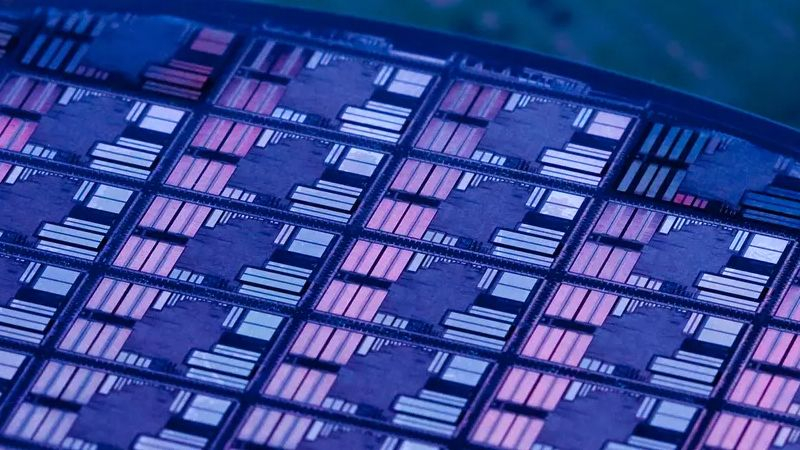The fiscal year traditionally wraps up in March in Japan, setting the stage for the formation of new plans for the subsequent fiscal year, often commencing in April. The Semiconductor Equipment Association of Japan (SEAJ) anticipates a 27% surge in revenue for local players in the market, hoping to reach $27 billion using current exchange rates.
According to Bloomberg, these optimistic expectations are due to several factors. Firstly, the boom in artificial intelligence systems demands an increase in semiconductor component production. Secondly, companies specializing in logic chips and contract market participants are recovering from a pandemic-driven crisis marked by market saturation. Lastly, the industry awaits a rise in demand for memory production equipment from September to March of the following year. Moreover, the industry association predicts a 10% rise in revenue generated by Japanese equipment suppliers during the April 2025-March 2026 period.
Coincidentally, Taiwan Semiconductor Manufacturing Co (TSMC), during its quarterly earnings call, anticipated a revenue boost of at least 20% this calendar year. They also hinted at the necessity to increase capital expenditures, which are estimated to range between $28 billion and $32 billion. The upper bound of this estimate exceeds last year’s budget by $2 billion.
In the concluding fiscal year, slight revenue drops experienced by Japanese suppliers were mitigated by Chinese corporations’ demand for chip-manufacturing equipment. Initially, a 23% revenue drop was expected, but the actual decrease was limited to 19%. Chinese purchasers showed increased enthusiasm in buying equipment more than Japanese suppliers initially anticipated. Companies in China are keen to invest in types of devices that are less vulnerable to US sanctions. Interestingly, Japan, similar to the US and the Netherlands, curbs the supplies of equipment required for manufacturing relatively modern semiconductor components to China.





